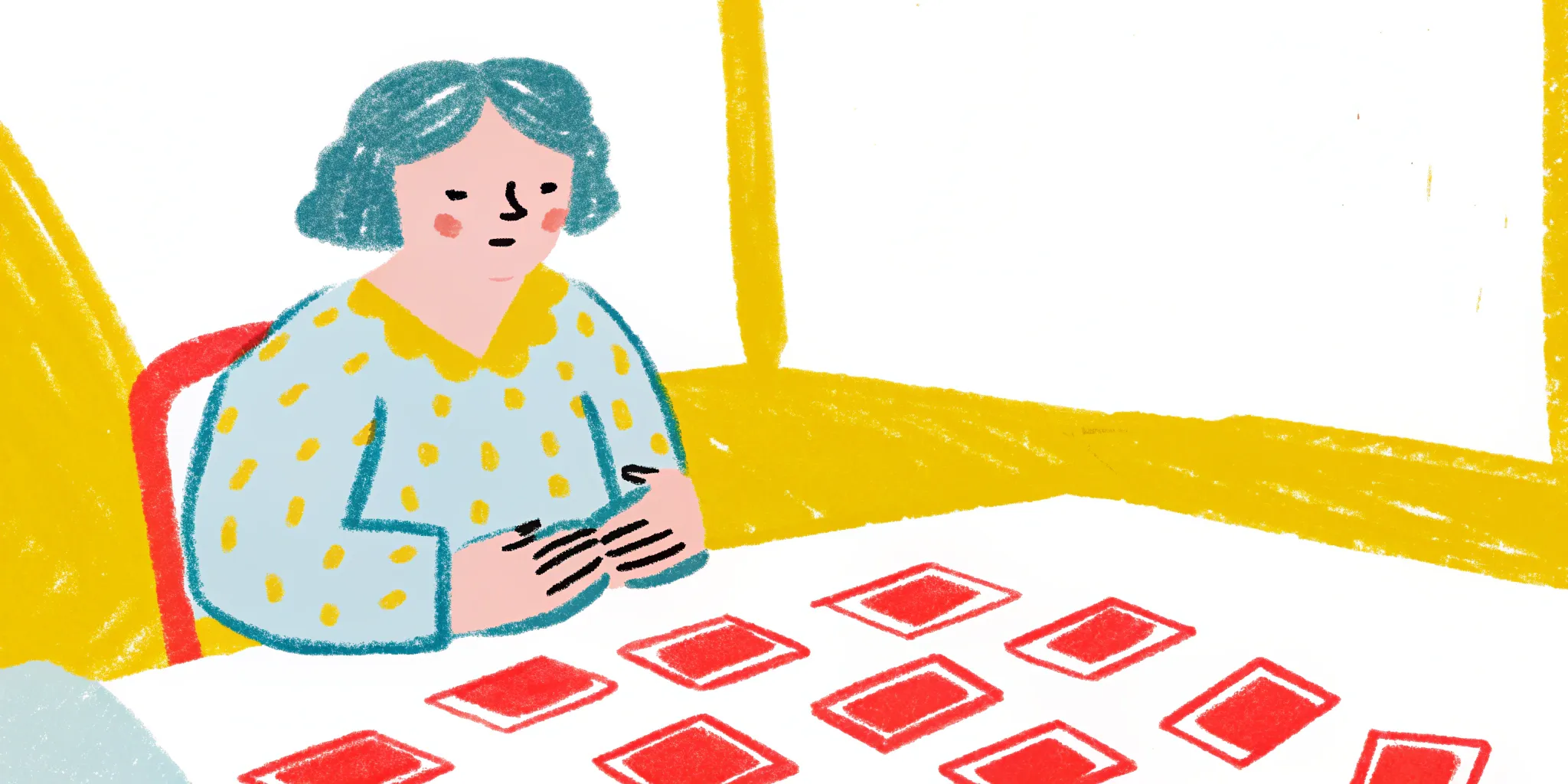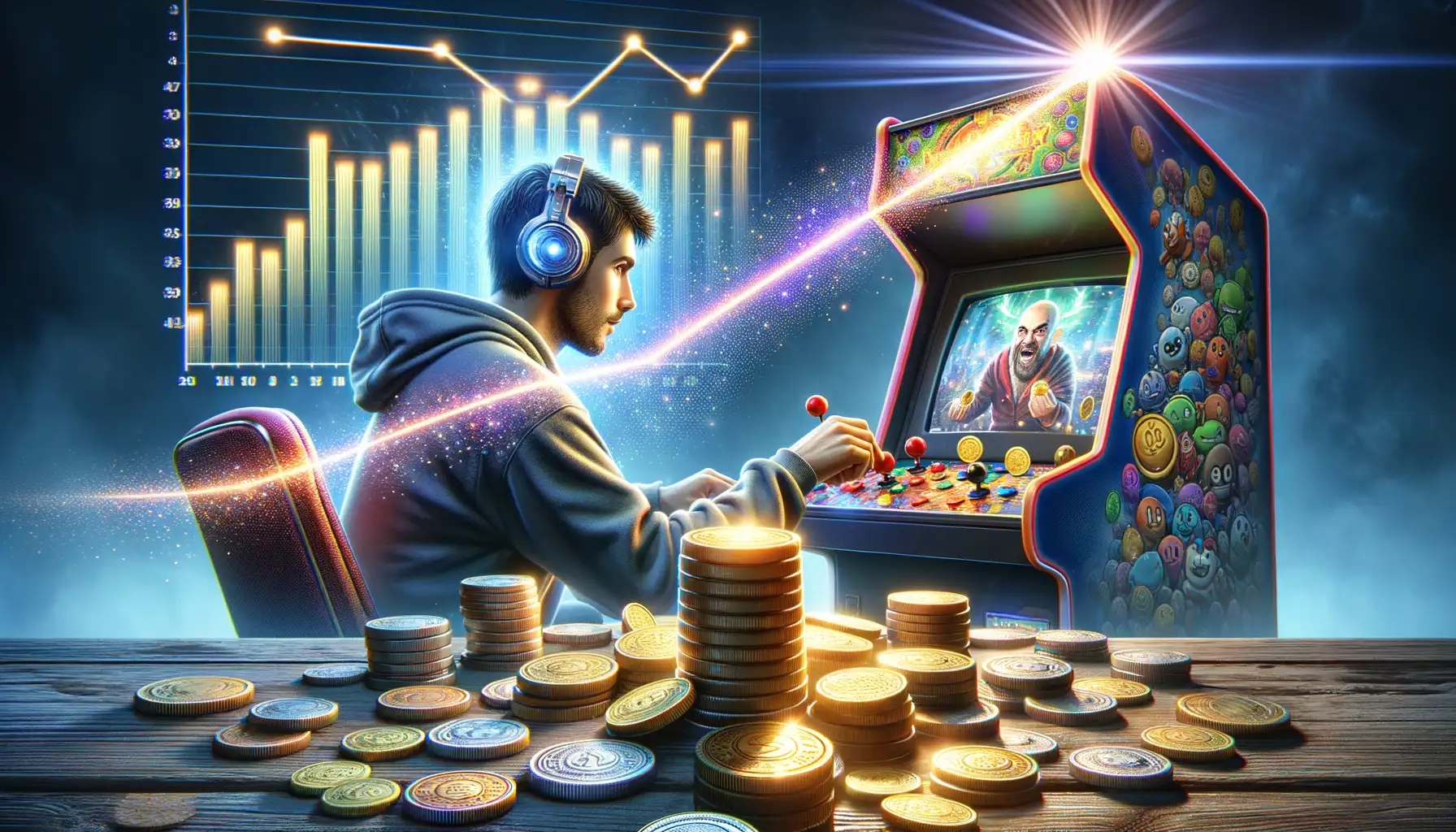Understanding the Basics of In-Game Currency and Numismatics
What’s Behind Those Shiny Coins in Your Favorite Games?
Have you ever stopped to think about those glittering, virtual coins in your favorite games? Whether you’re grinding for gold in an RPG or racking up credits in a space opera, in-game currency isn’t just random sparkle—it’s the lifeline of an entire virtual economy.
Now, let’s connect this to the world of numismatics (yes, that’s the fancy word for coin collecting). In both realms, currency isn’t merely a tool; it tells stories. Game currencies, much like ancient Roman denarii or modern euros, are designed with purpose and meaning. For instance:
- Visual symbolism: Just as real coins feature kings or national emblems, game coins often reflect their world—be it medieval kingdoms or dystopian futures.
- Scarcity: Ever feel the rush of finding a rare coin or item drop? That sense of rarity gives both in-game coins and collectible money their value.
- Stories they tell: A unique in-game currency might hint at a fallen empire in-game lore, just as old coins can reveal glimpses of lost civilizations.
In essence, every coin—real or pixelated—whispers something deeper. It’s treasure, art, and a tiny piece of history rolled into one. Isn’t that mind-blowing?
From Gold Pieces to Credits: Why Design Matters
Now, here’s a detail many overlook: the way currency feels. Not physically, of course—but its vibe, its weight in a world. If a game’s gold coins are too easy to earn, they lose their significance. Think about it: would diamonds still captivate us if you could find them scattered on sidewalks?
Game developers know this. They painstakingly design economies where grinding, earning, and spending feel rewarding. Want a legendary sword? Maybe you need 5,000 coins, but getting there is a journey of triumph—or frustration! Just like real coins have purchasing power tied to economies, in-game coins represent effort and value.
Understanding this dance between scarcity, design, and reward makes exploring coins—both real and virtual—a fascinating adventure. It’s not just currency; it’s a connection to something larger, and maybe even… magical.
The Value of Virtual Coins: Parallels with Real-World Money
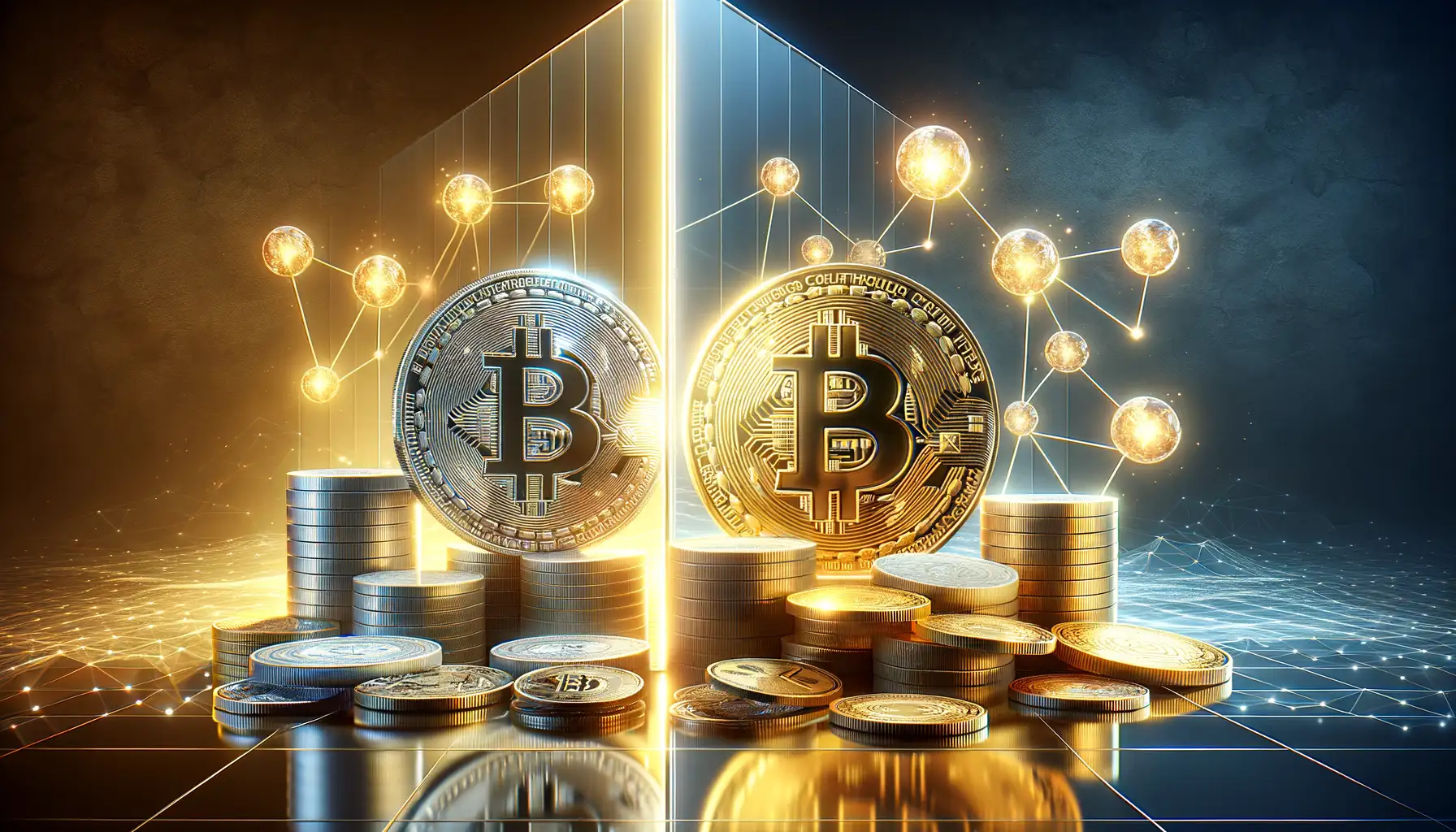
The Surprising Connection Between Virtual Coins and Physical Cash
Let’s call it what it is: virtual coins aren’t just pixels on a screen—they’re a digital reflection of how we value resources, much like the cash in your wallet or the coins in that jar by your bedside. Whether you’re hoarding gold from raids or saving up for that killer skin in your favorite game, these coins actually behave like real-world money in fascinating ways!
Think about this: in both realms, currency relies on trust and scarcity. Why does a dollar bill or an in-game gem hold value? Because we collectively believe it does! Game developers intentionally design limited resources, just as central banks regulate monetary supply. And guess what? That same thrill of budgeting for an expensive sword mirrors saving for a vacation IRL.
- Inflation hits both worlds: Too many coins in circulation? Your prized armor suddenly costs triple. Sound familiar, economic majors?
- Trade drives value: Players barter rare items every day in games, much like stock traders or collectors swapping antique coins.
Ultimately, virtual currencies live in the shadow of financial systems we’ve trusted for centuries—only here, economics meets fun.
Economic Lessons Gamers Can Learn from Coin Collecting
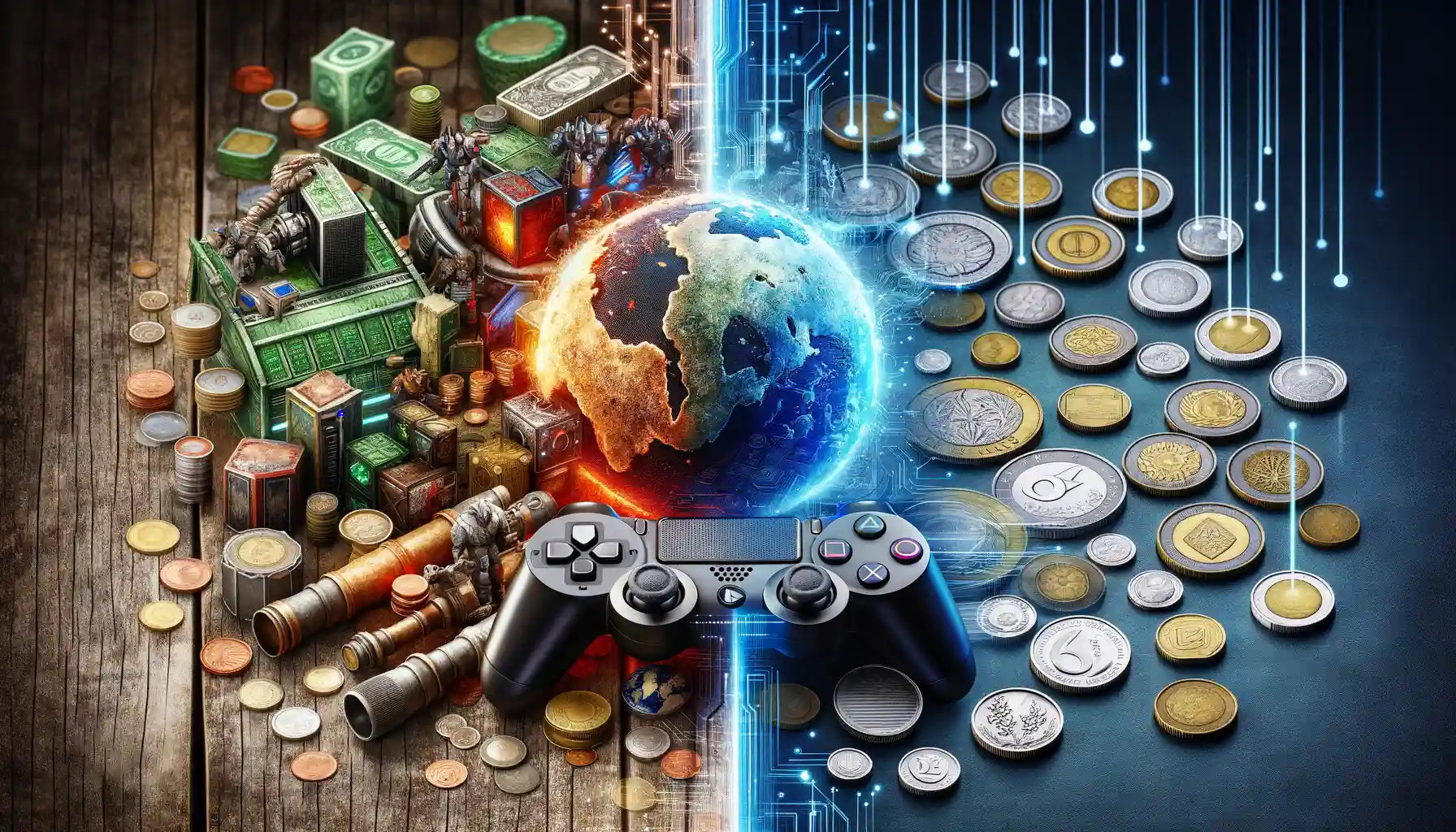
Spotting Value: Lessons in Scarcity and Demand
Ever hunted for that rare in-game item that everyone’s buzzing about? The thrill (and frustration) of getting your hands on it mirrors what coin collectors feel when they stumble upon a rare 1943 copper penny. Both gamers and numismatists live by this simple rule: scarcity drives value.
In coin collecting, a rare minting error or a coin with limited production can send collectors into a frenzy. Gamers experience this too—think of limited-time event currencies or exclusive skins tied to in-game coins. Here’s the lesson: understanding supply and demand is gold. If something’s scarce and desirable, its worth skyrockets. Next time you’re at the auction house in your favorite MMO, take a cue from collectors—research, bid smart, and know when to hold ’em or fold ’em.
- Research the rarity and history of items or currencies before trading.
- Watch how demand changes over time; today’s hype might be tomorrow’s dust collector.
The Art of Patience and Long-Term Thinking
Ask any seasoned coin collector, and they’ll tell you: patience pays. Some coins may seem mundane today but gain legendary status decades later. Similarly, in gaming, holding onto older, seemingly “worthless” currencies or items could turn into a jackpot when they’re reintroduced in an anniversary event or nostalgia update.
For example, that old pile of tokens gathering digital dust in your inventory? Imagine them being reissued as part of a retro event. Coin collectors teach us that investments—real or virtual—are often a waiting game. So, why not test it out? Let your old relics age like wine instead of cashing out too early.
How Game Developers Design In-Game Economies
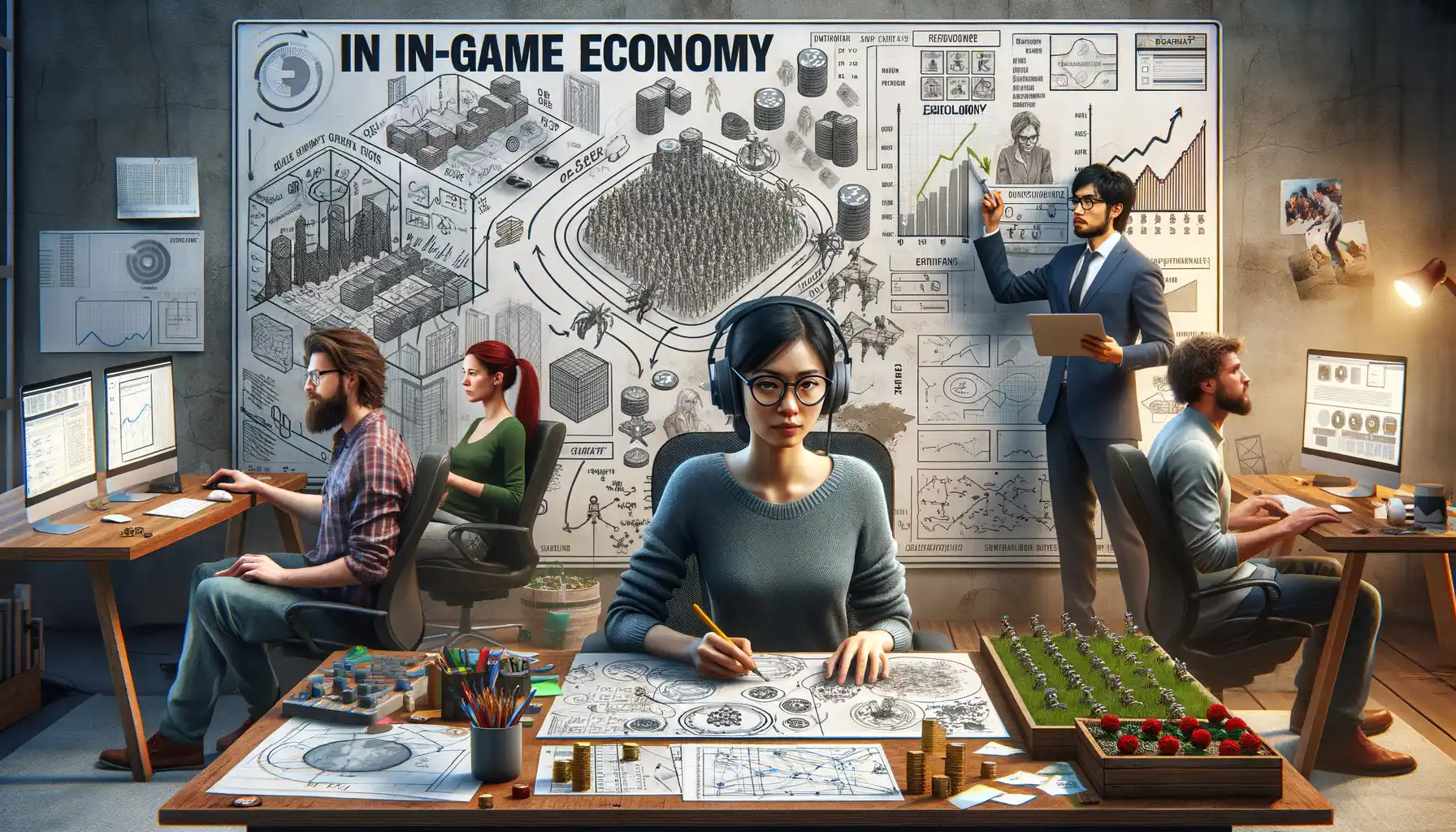
The Art of Balancing Virtual Economies
Crafting an in-game economy is nothing short of alchemy. Game developers must blend psychology, math, and a dash of storytelling magic to create a system that feels both rewarding and fair. Every coin you earn, every shiny treasure chest you crack open—that’s not random. It’s the result of deliberate, meticulous planning.
Developers often ask themselves, “What motivates players?” For some, it’s chasing gold to upgrade that sword of legends. For others, it’s saving up for that rare mount everyone’s gushing about. They’re not just designing a marketplace; they’re creating a living, breathing ecosystem where every trade and purchase nudges player behavior in subtle ways.
- Scarcity vs. Abundance: Too many coins, and currency loses meaning. Too few, and frustration brews. The sweet spot? Carefully calculated grind versus gratification.
- Sinks and Faucets: Coins flow into your wallet through quests and victories. But sinks? That’s how they drain—think repair costs or irresistible limited-time items.
And then there’s inflation. A developer’s nightmare! If gold rains too easily, prices skyrocket, and suddenly, your economy spirals out of control. Designing these systems is part science, part storytelling—and all heart.
When Data Meets Desire
Behind those adorable shopkeepers and glittery markets lies a mountain of data. Developers analyze how you spend, save, and hoard in-game currency. Are players rushing to buy health potions or skipping them for late-game loot? This information shapes updates and adjustments.
Take MMORPGs, for instance. Ever notice seasonal events with themed items or Black Friday-esque discounts? That’s no accident. Developers use these cues to spark what economists call “consumer demand.” A jaw-dropping skin or exclusive weapon isn’t just a product—it’s a moment. A feeling.
Even failure teaches lessons. Did a new item flop? Developers tweak. Did players exploit a glitch to amass millions in coins? Emergency patch time! In-game economies aren’t static—they’re as interactive as the worlds they inhabit, constantly evolving to keep players engaged.
Future Trends in In-Game Currency and Their Implications
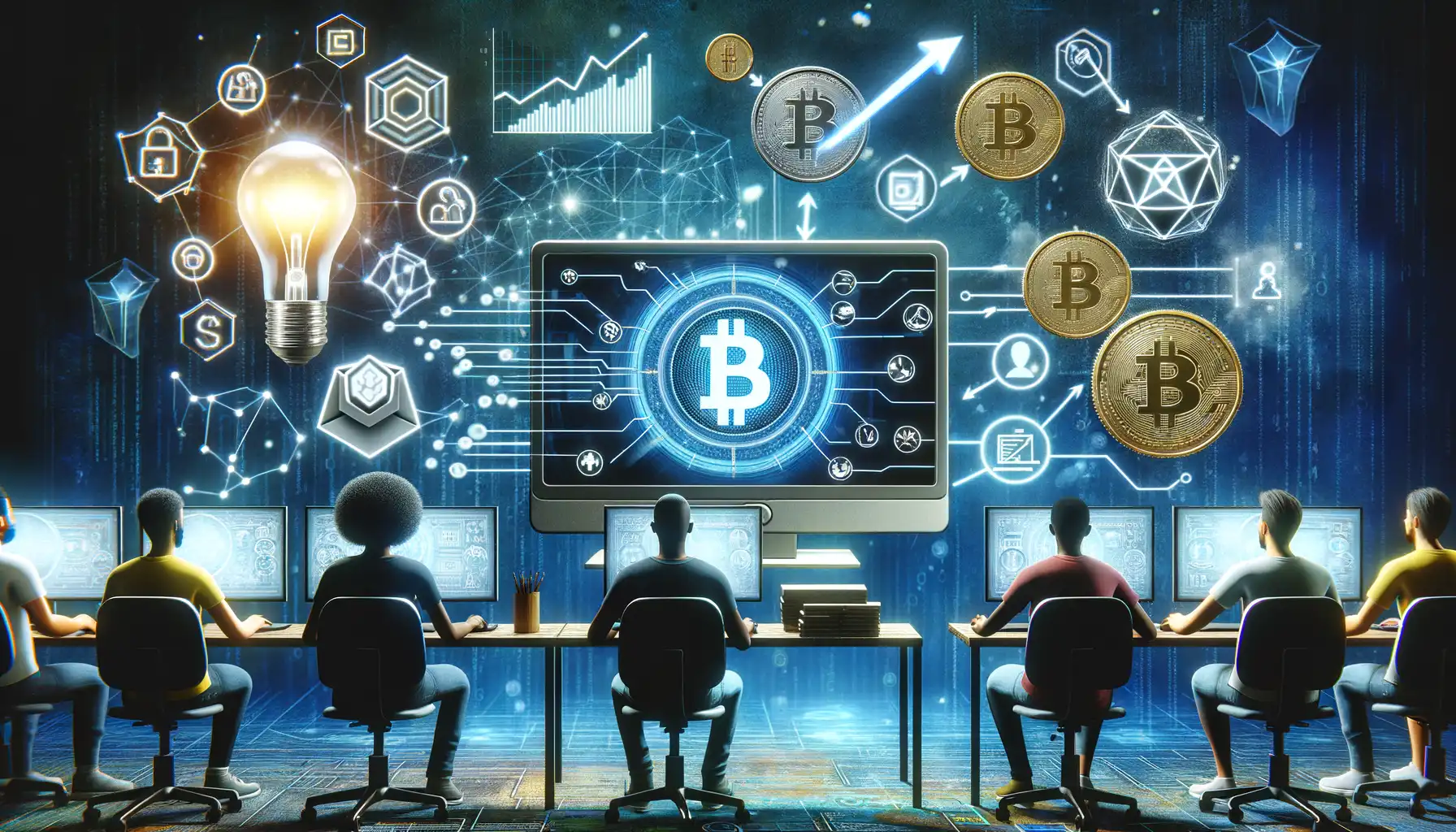
Where Virtual Coins Are Heading Next
The world of in-game currency is evolving faster than a speedrunner on their best day—and the future? It’s full of twists, turns, and dazzling possibilities. One major trend we’re already seeing is the rise of blockchain-based gaming currencies. Imagine owning an item or coin in one game and being able to trade it across multiple worlds. That’s what technologies like non-fungible tokens (NFTs) and play-to-earn economies are promising players.
Even traditional game developers are catching onto this. Virtual coins may not just stay confined to their respective games. Instead, they could become tradable, transferable, and even exchangeable for *real* money—or vice versa! But here’s the thing: that dream comes with challenges, like regulating exchange markets or ensuring fairness.
- Dynamic pricing: Developers may implement systems where in-game coin values fluctuate based on demand and scarcity—imagine a virtual stock market!
- Cross-platform economies: Coins you earn in an MMO might be used to purchase content in a completely different RPG.
Hold tight, gamers—this isn’t just about earning coins; it’s about reshaping how we think about value, ownership, and interconnected worlds. The future of gaming economies looks a lot like science fiction made real.

